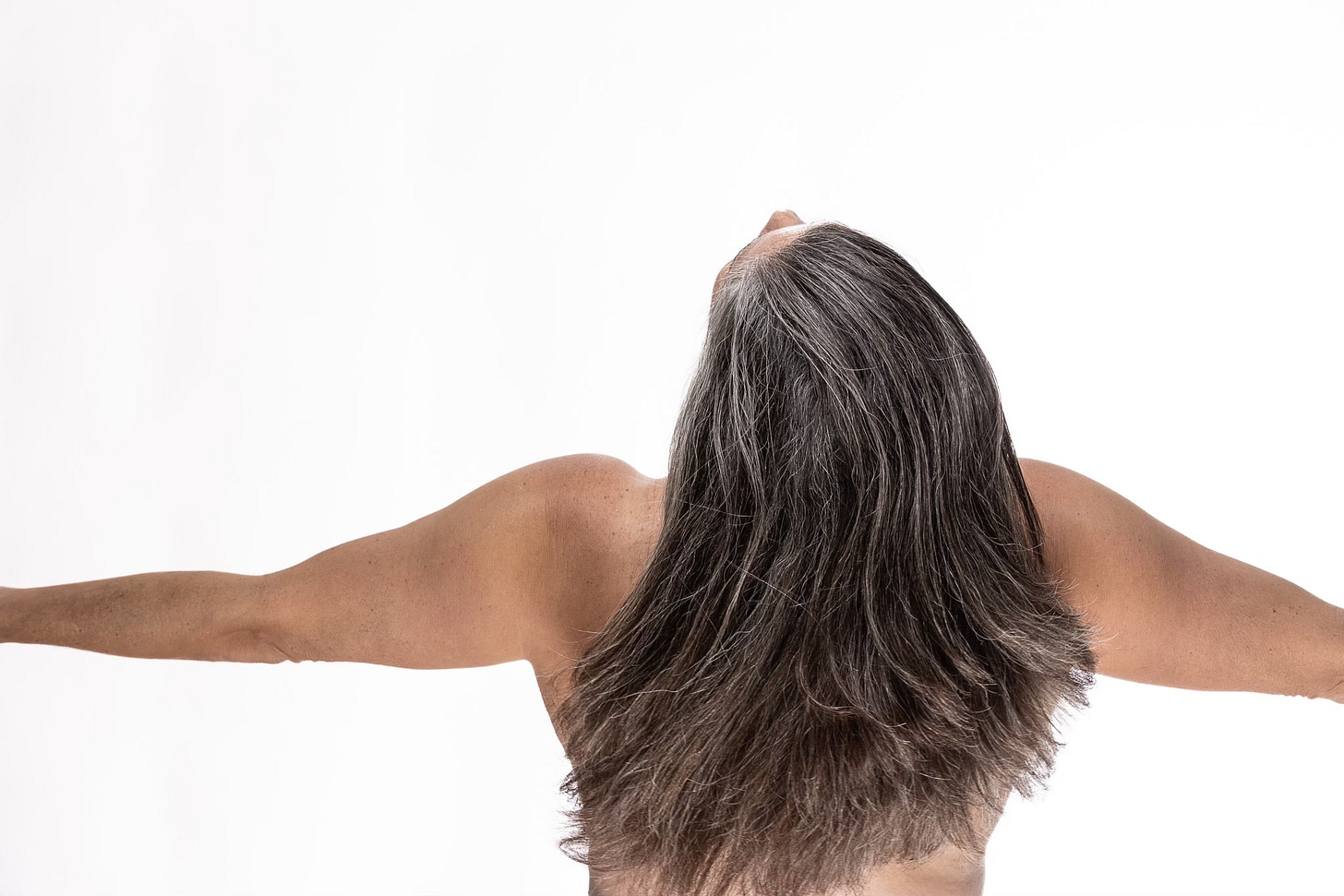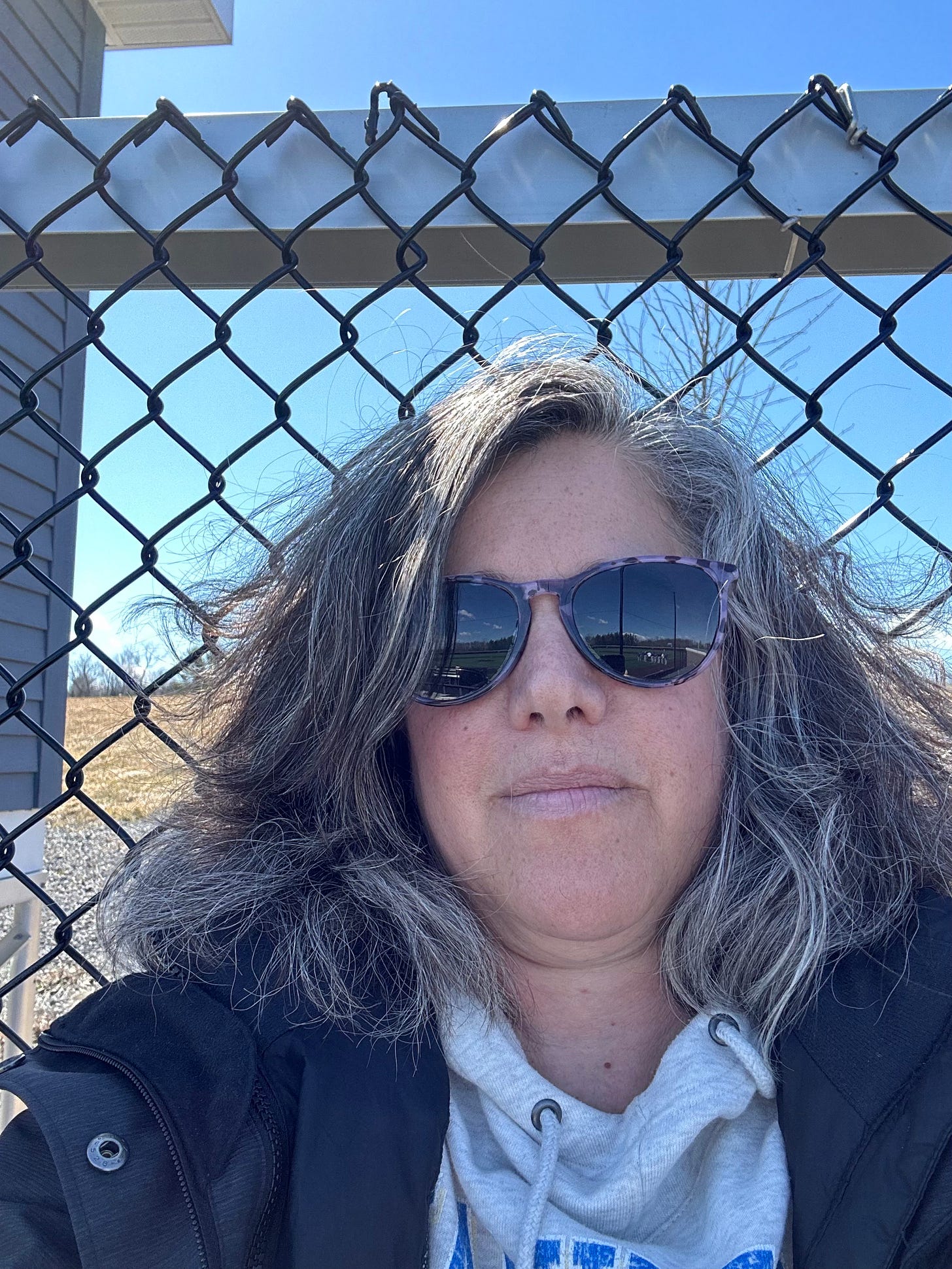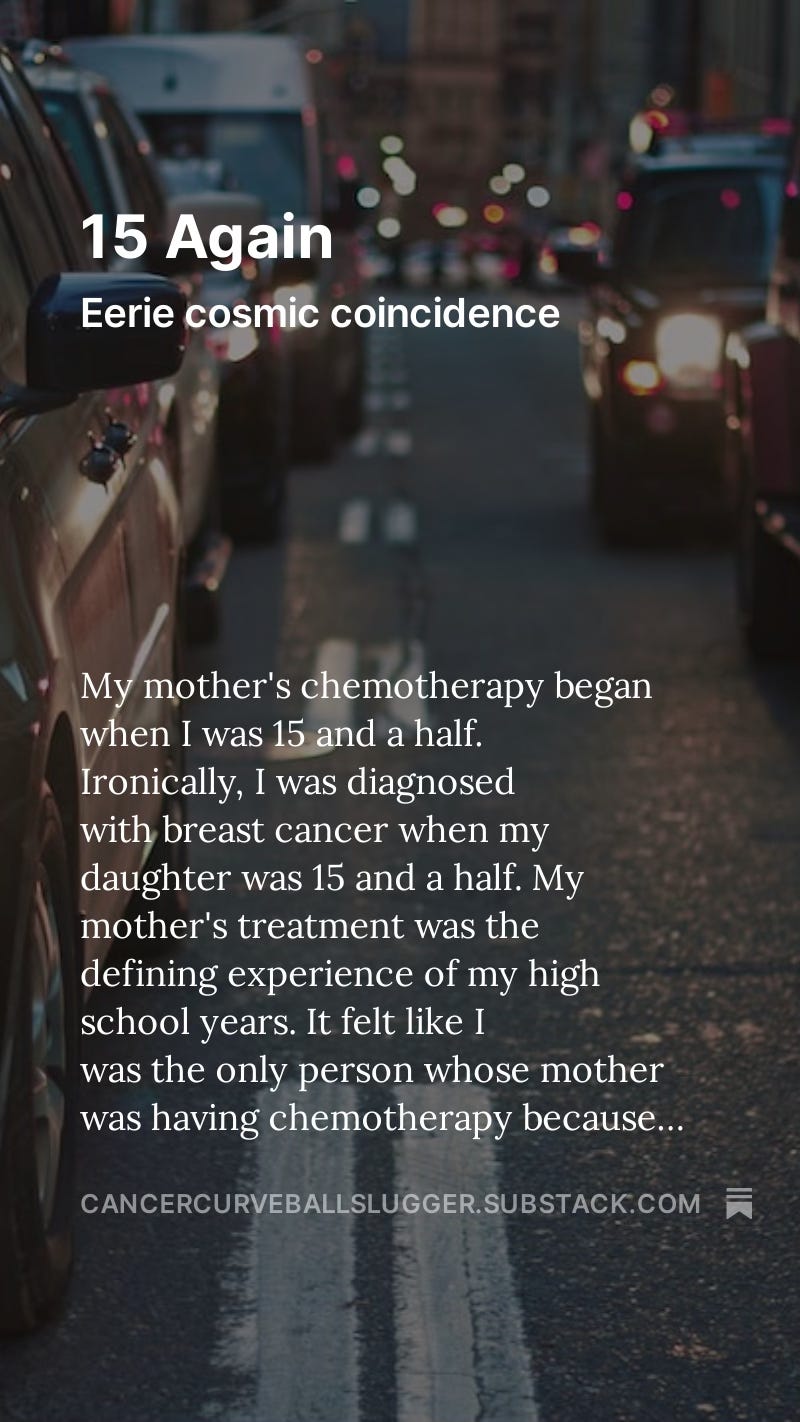Batting with my helmet intact
The pleasure of keeping my hair
I anticipated that chemotherapy would cost me my hair for a while - because that's what happened to my mother and my sister. In preparation, I bought hats; my sister and sister-in-law loaned wigs, and my dear friend Steve did a photo shoot to capture my hair pre-treatment. I was resigned to the experience that my mother and sister endured. I thought that if I was prepared, I wouldn't be as traumatized by losing my hair as my mother and sister were. Preparation equaled paid avoidance.
I knew my hair would grow back (with strange characteristics - my sister's curly hair came back straight…, and my mother's straight hair came back curly). But I was sad thinking about shaving my head, wearing wigs and hats, and looking like a patient. And the thought of growing my hair back out was daunting. Maybe I would permanently shift to short hair to avoid the ugly phase that lasts a few years.
Dr. Chien mentioned that I could elect to cold cap if I did infusions at UCSF Mission Bay, which has Dignicap machines. One of my friends succeeded with penguin caps (where someone changes the frozen cap every 25 minutes...because they thaw). Cold capping cools the scalp to near freezing during the chemotherapy infusion so that the follicles absorb less chemo, and it's FDA-approved to reduce hair loss. This wasn't available for my sister or mother…but maybe I could get through chemo without looking like a chemo patient. Dr. Chien said cold capping was very successful for the first chemo cocktail I would be getting. If I needed the second cocktail, cold capping also doesn't work.
While I asked for the necessary details to consider (and ultimately subscribe to) Dignicap, I mentioned to Heather, my sister-in-law, that I felt it was vanity. It felt trivial - as if I was trying to carry on as if nothing was happening rather than face the reality of being a cancer patient. Often, I'm proactive about addressing issues and conflicts. I'm 100% comfortable with my lack of fashion sense or current style. Losing my hair was something I could endure, and I felt a little silly about wanting to avoid it.
Heather taught me why it wasn't vain - why it was perfectly reasonable to want to look like myself when I look in the mirror, interact with other people, or take a picture during the treatment period. Despite feeling a little vain, I wanted to do it and proceeded.
Heather was right.
In retrospect, I never looked like a cancer patient, and consequently, I determined who knew that I was being treated. That was empowering. Realistically, I don't like pity, and it's not clear to me that my responses had people reacted (to wigs, hats, scarves, or a bald head) would have been particularly endearing. Instead, I saw myself, and so did everyone else. In fact, there were some associates in my professional sphere whom I did not tell about my diagnosis and treatment - and it's not clear that they ever knew.
In June 2023, a psychologist wrote about how important it was to her practice that her cancer wasn't apparent to her patients or even a topic of discussion. And she raises the excellent question of why this FDA-approved, chemotherapy-specific treatment isn't automatically covered as part of chemotherapy treatment. It's been at least an 11-month battle with my insurance company, who told me it was part of my chemotherapy benefit, then wanted UCSF to bill for it (I pay for it, but UCSF has the machines), and then lost, deferred, and otherwise made my member submitted claim process very challenging because they're not equipped for members to submit claims about medical equipment. I really feel for people without any savings who are financially and emotionally devastated by cancer. For many women, losing their hair causes grieving.
Turns out that most cancer patients report that their most considerable sustained stress is financial. There are co-pays, and some people have insurance where they have to pay a percentage of the covered cost in addition to co-pays. There are grants for people to help pay for their care - Dignicap has a list, and Sharsheret has a tremendous financial kit and guidance, as well as some grants.
Keeping my hair and looking like me was a source of strength when I stood in the batter's box and faced cancer's pitches. It gave me control over who knew and who did not know I was being treated for cancer. It made me feel like myself when I looked in a mirror. It made me look like myself to my kids and my husband. I'm a big fan of doing whatever I needed to do to minimize what I lost to breast cancer.
In the end, I lost about 1/3 of my hair. I have a tremendous head of hair and my hair stylist noted that post losing 1/3, my hair was “normal”.





